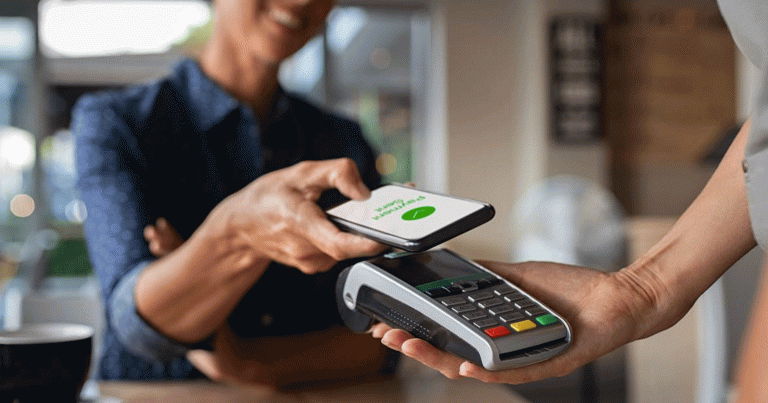
10/17/2014 | Digital Experience and Mobile | Events
At Mobile Shopping 2014, we heard some fascinating discussions, particularly around mobile data and methods to track the customer journey. Below comprises a summary of what we thought were the top takeaways from the event, as well as what we wished we had heard a little more about.
What stood out – data and the customer journey
1) Mobile Matters
There was no shortage of stats about how mobile is a technology revolution that is changing human behavior and customer expectation. Twitter shared the fascinating statistic that people unlock their phones an average of 110 times a day, and Forrester Research expects that by 2017, firms are expected to spend $189 billion to engineer platforms and processes for mobile engagement. Correspondingly, there was considerable interest in measuring key performance indicators to evaluate success and justify expense, which brings us to…
2) Omni-Channel Analytics and the Universal Profile
Retailers were interested in learning new and better ways to track what customers do on the desktop, what they do on mobile, and what they do in-store–the three together forming the omni-channel. In addition, they want to capture location-based data, interactions with customer service, engagement in social media, and other information that might be logged in a CRM. In other words, the aspiration is to know everything about the customer and how they interact with the brand.
There seems to be two major reasons to capture this information. One is to quantify the success of mobile. The analytics do not always show a direct correlation between the mobile solution and sales as people often use mobile devices to research products in order to make purchases in the store or on the desktop. Retailers want to track this journey so that success can be measured and the cost of mobile–which is considerable–can be justified.
The other reason brings us to the next major theme:
3) Hyper Targeted Marketing and Contextual Advertising
The purpose of gathering customer data is to tag it with attributions for analytics and advertising. The more attributes you can collect, the more contextual experiences you can deliver through devices. With this data, you can present content to customers in hyper targeted and contextual ways.
One of the most desired data points is location. For example, with geo-fencing, retailers can push coupons to customers when they walk into a store or apply other value-based incentives. Retailers were interested in learning about what other brands are doing and how.
What we would have liked to see more of – the customer experience
There’s one important aspect to a successful mobile strategy that we wish had been emphasized more: the customer experience.
The focus on data for KPIs and advertising leapfrogs how to build interaction through mobile, how finicky it can be, and the cost and complexity to getting it right. Mobile can be difficult—difficult to measure, difficult to build an app for, difficult to use to delight customers. What is really going to result in ROI? Is it only the data?
How is a great mobile shopping experience achieved? The best strategies put the user first. People view their mobile phones as an extension of themselves and their connection to the world. The mobile experience is personal and emotional. As was called out in nearly all presentations, your phone is at arm’s length at all times. It is quite literally a touchy-feely interaction.
There are three options. You can provide:
1) A great mobile shopping experience – One that is graceful and intuitive and provides your customers with the value they want and expect from your brand.
2) A poor mobile shopping experience – One that is clunky or doesn’t have the functionality your users expect. Maybe the UX is not engaging or your backend services require modernization. Regardless, your customer doesn’t find your mobile solution as useful or valuable as they—or you—would like.
3) No mobile shopping experience – Maybe you feel that a mobile-friendly website and/or mobile app is not worth the cost for your business, or maybe your organization suffers from Analysis Paralysis, a state where the desire to have all the data necessary to form a perfect solution results in the inability to take action on a mobile strategy.
We believe that every brand can create great mobile experiences. Mobile is a technology revolution, no two opinions about it, so it’s important to innovate, and to do it sooner rather than later. As people become more and more accustomed to being able to do everything with their phones, expectation for a great mobile experience with your brand will be a given. Keeping pace with innovation in mobile can be daunting, but with the right strategy, you can build a mobile experience that will delight your customers.




